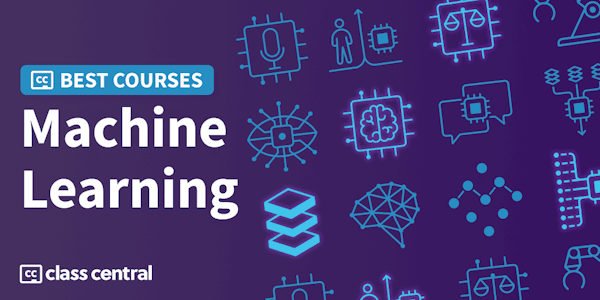This course introduces learners to Snowflake as a platform for building applications, data pipelines, and AI models and workflows. It takes them from zero Snowflake knowledge all the way to creating user-defined functions, using a Snowflake Cortex LLM function, editing a Streamlit app, and more.
The course unfolds in three parts: First, participants learn to use Snowflake’s core objects such as virtual warehouses, stages, and databases. Then they learn about slightly more advanced objects and features such as time travel, cloning, user-defined functions, and stored procedures. Finally, they’re introduced to Snowflake’s capabilities for data engineering, generative AI, machine learning, and app development.
Learners come away equipped to start building with Snowflake and to continue their Snowflake learning journeys. This course is a prerequisite for upcoming Snowflake courses on data engineering, AI, and apps.
Overview
Syllabus
- Snowflake’s Core Objects and Architecture
- After a very brief intro to the course, learners will create a free trial, open a worksheet, and query sample data. They’ll learn about scaling virtual warehouses and create a virtual warehouse to ingest Tasty Bytes data. They’ll learn about stages, databases, schemas, and tables. They’ll manipulate semi-structured data. They’ll also learn about the different Snowflake architectural layers.
- Snowflake Feature Overview
- Learners will identify a recently introduced “error” in the data and use time travel to correct it. They’ll learn about permanent, transient, and temporary tables, and cloning. They’ll create resource monitors. They’ll create UDFs, a UDTF, and a SQL stored procedure. They’ll learn about role-based access, the VS Code extension, Snowpark DataFrames, and the Snowflake CLI.
- Overview of Builder Workloads: Data Engineering, AI / ML, Apps
- Learners will explore four Snowflake workloads: Data Engineering, Generative AI, Machine Learning, and Applications. After reviewing each workload, they’ll see one aspect of that workload in practice: for DE, ingesting streaming data with Snowpipe; for GenAI, using the Snowflake Cortex LLM function “Complete”; for ML, using Snowpark ML to create an XGBoost model and make predictions about a food truck’s location; and for apps, running a Streamlit app that shows us Tasty Bytes’ daily revenue. They will then learn about the Snowflake Data Cloud.
Taught by
Snowflake Northstar





